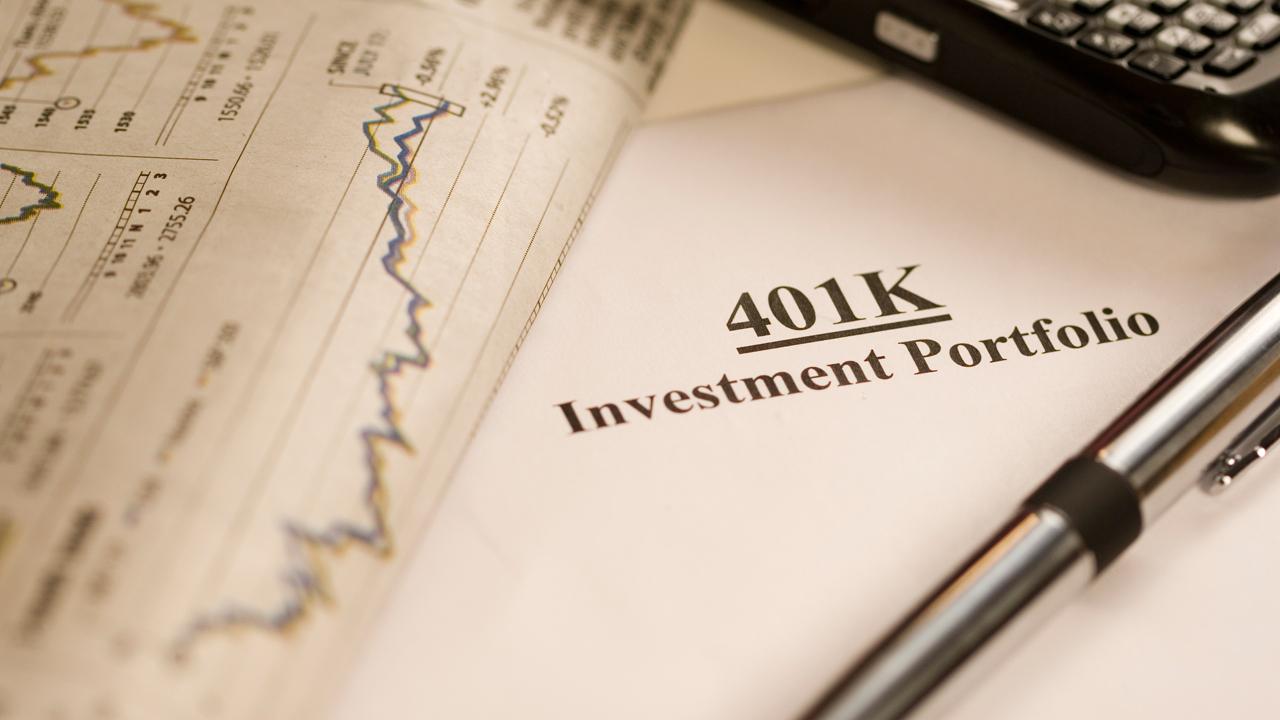How to tell if your company retirement plan is a good one
The majority of Americans who save for retirement do so through their employer-sponsored retirement plans. Most employees assess how good their employer’s plan is by looking at the employer’s contribution, but according to Wells Fargo Institutional Retirement and Trust, there are many other factors to consider in determining just how “good” a retirement plan is.
According to Wells Fargo – there are 16 features that exert positive influence on an employees retirement savings plan, and four generate the most positive incomes.
- Automatic enrollment with a default of 6 percent or more going to the 401 (K) and automatic re-enrollment
- Opt-out option to increase the default to a rate of 10 percent or higher
- Diversified investment offerings, such as a target date fund
- An above average company match of at least 5 percent, or profit sharing
“When used together, these features address the psychological barriers, or inertia, that tend to get in the way of a person’s path to a well-funded retirement,” according to Mel Hooker of Wells Fargo Institutional Retirement and Trust.
“When plans are built with the right features, employees have a much better shot at building the savings they need for retirement.”
To come up with the findings, Wells Fargo assessed the retirement plans of more than 4 million eligible employees across a range of industries. They identified high influence plans that use a combination of the 16 features to put employees on the path to replace 80 percent of their pre-retirement income once they retire.
Among the plans analyzed by Wells Fargo Institutional Retirement and Trust, 10 percent we deemed to be “high influence” with workers on a closer path to 80 percent income replacement.
In the high influence plans, the participation rate is 89 percent, which isn’t only good for employees – it's good for employers. Employers should care about the social and economic implications of employees being able to retire – as they stand to benefit from this well. Companies that do not offer solid savings plans to enable their staff to retire create a workforce structure so that upward mobility is limited by employees working past when they would like to retire because they don’t have enough money to leave the workforce.
“As an employer, you can change the outcomes for your participants, and not necessarily at an added cost,” Hooker told FOX Business.
Also, a good retirement plan is helpful for attracting and retaining employees.




















